PPT-CIMS 3 rd Edition: Some of the more significant changes
Author : ellena-manuel | Published Date : 2020-04-09
CIMS history Evolved to enhanced ICS Three core Principles S22 Engaging iwiMāori S24 Incident management benefits by engaging iwiMāori in response and recovery
Presentation Embed Code
Download Presentation
Download Presentation The PPT/PDF document " CIMS 3 rd Edition: Some of the more s..." is the property of its rightful owner. Permission is granted to download and print the materials on this website for personal, non-commercial use only, and to display it on your personal computer provided you do not modify the materials and that you retain all copyright notices contained in the materials. By downloading content from our website, you accept the terms of this agreement.
CIMS 3 rd Edition: Some of the more significant changes: Transcript
Download Rules Of Document
" CIMS 3 rd Edition: Some of the more significant changes"The content belongs to its owner. You may download and print it for personal use, without modification, and keep all copyright notices. By downloading, you agree to these terms.
Related Documents

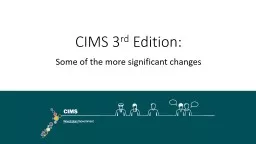
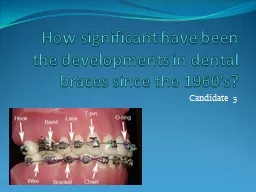
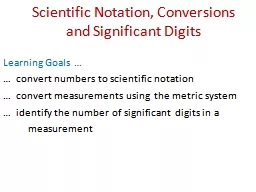

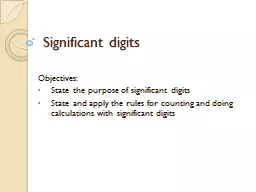

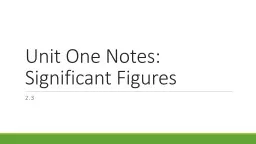
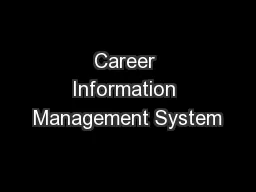
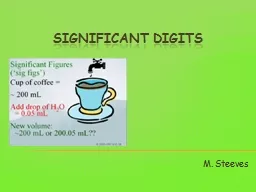
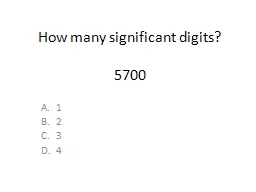
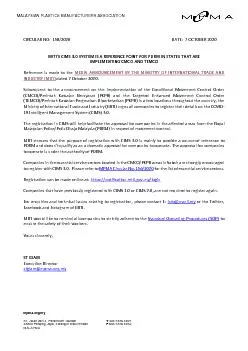
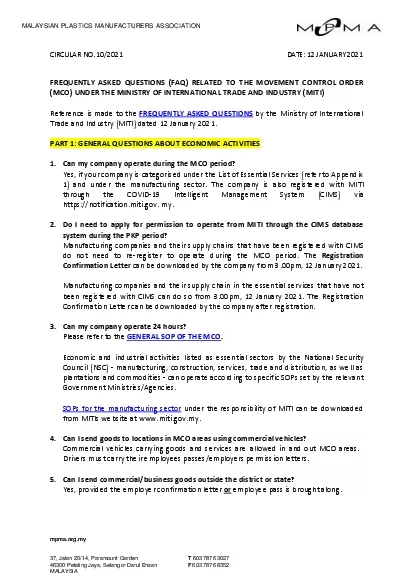
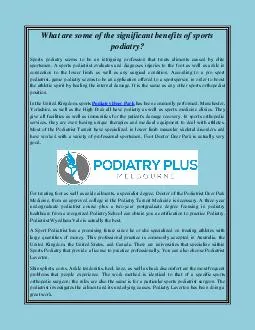
![[READ]-Some We Love, Some We Hate, Some We Eat [Second Edition]: Why It\'s So Hard to](https://thumbs.docslides.com/958172/read-some-we-love-some-we-hate-some-we-eat-second-edition-why-it-s-so-hard-to-think-straight-about-animals.jpg)